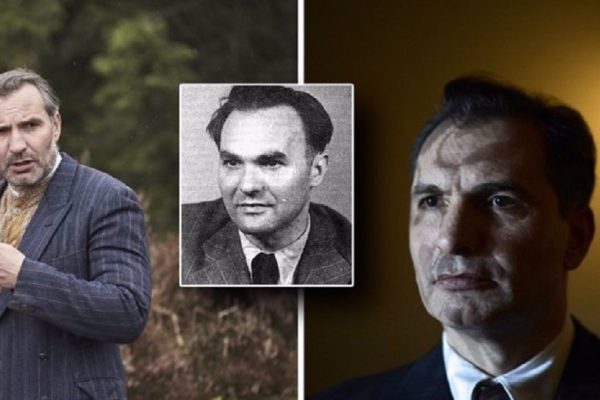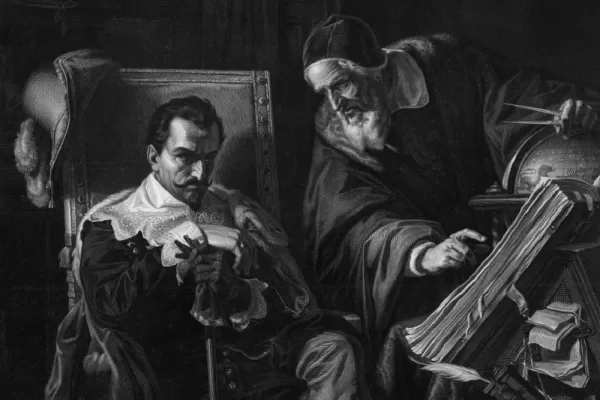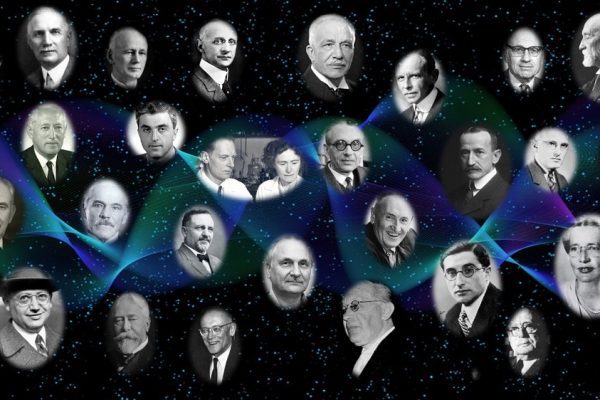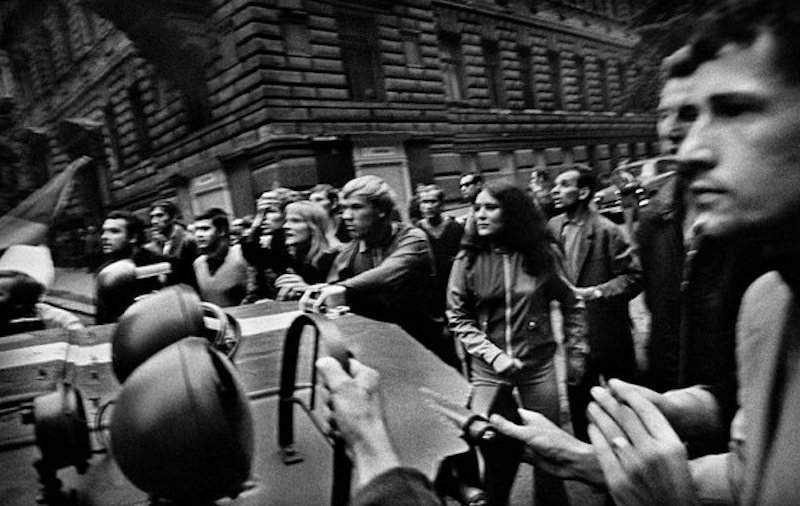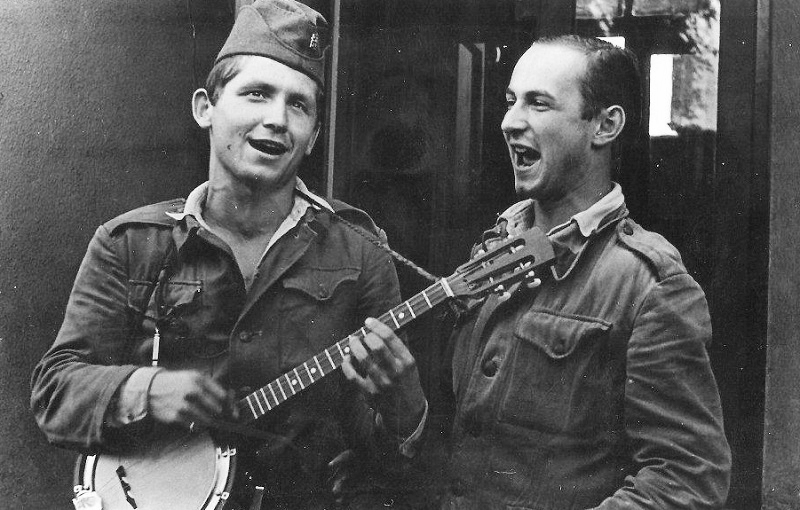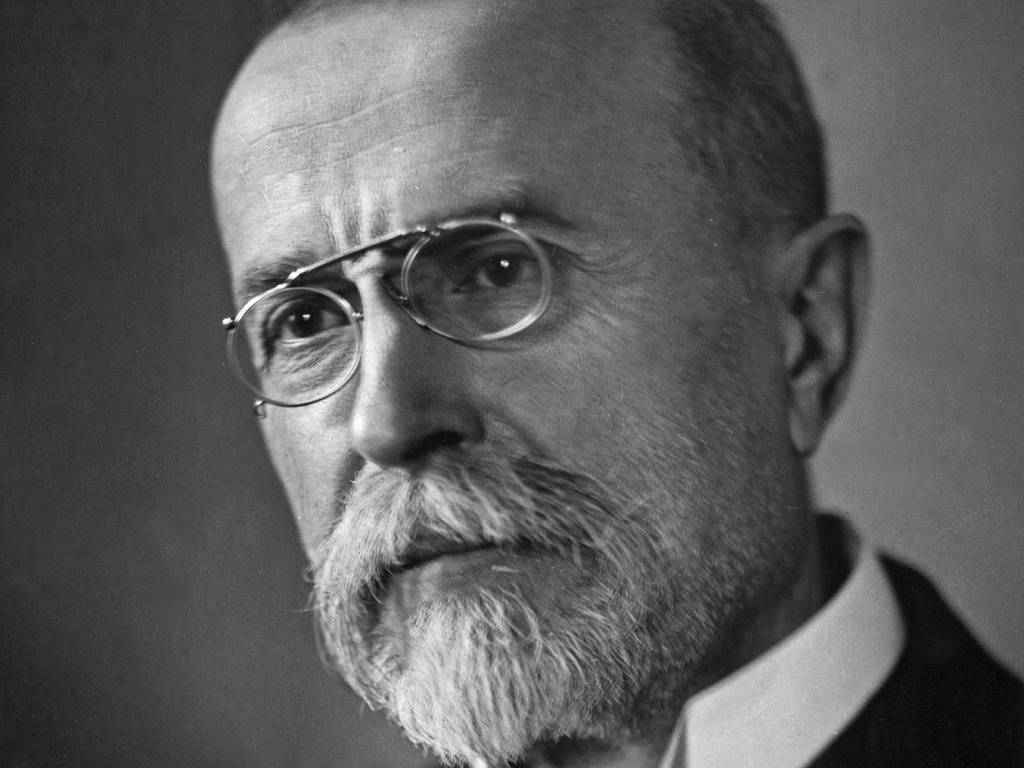Today we meet a Czech woman named Eliška Junková (aka Elizabetta or Elizabeth Junek), a pioneer in the history of motor racing. Known as the “Queen of the Steering Wheel,” Junková competed during the 1920s against Europe’s top drivers, and in 1927 became the first woman ever to win a Grand Prix race. She was a modern woman who broke all the rules of the gentleman’s’ sport of racing, and was one of the earliest and most renowned of female racing drivers at the dawn of motorsport.
Thank you for your support – We appreciate you more than you know!
We know that you could spend hours, days, weeks and months finding some of this information yourselves – but at this website, we curate the best of what we find for you and place it easily and conveniently into one place. Please take a moment today to recognize our efforts and make a donation towards the operational costs of this site – your support keeps the site alive and keeps us searching for the best of our heritage to bring to you.
Remember, we rely solely on your donations to keep the project going.
Thank you in advance!
If you have not already subscribed to get TresBohemes.com delivered to your inbox, please use the form below now so you never miss another post.





